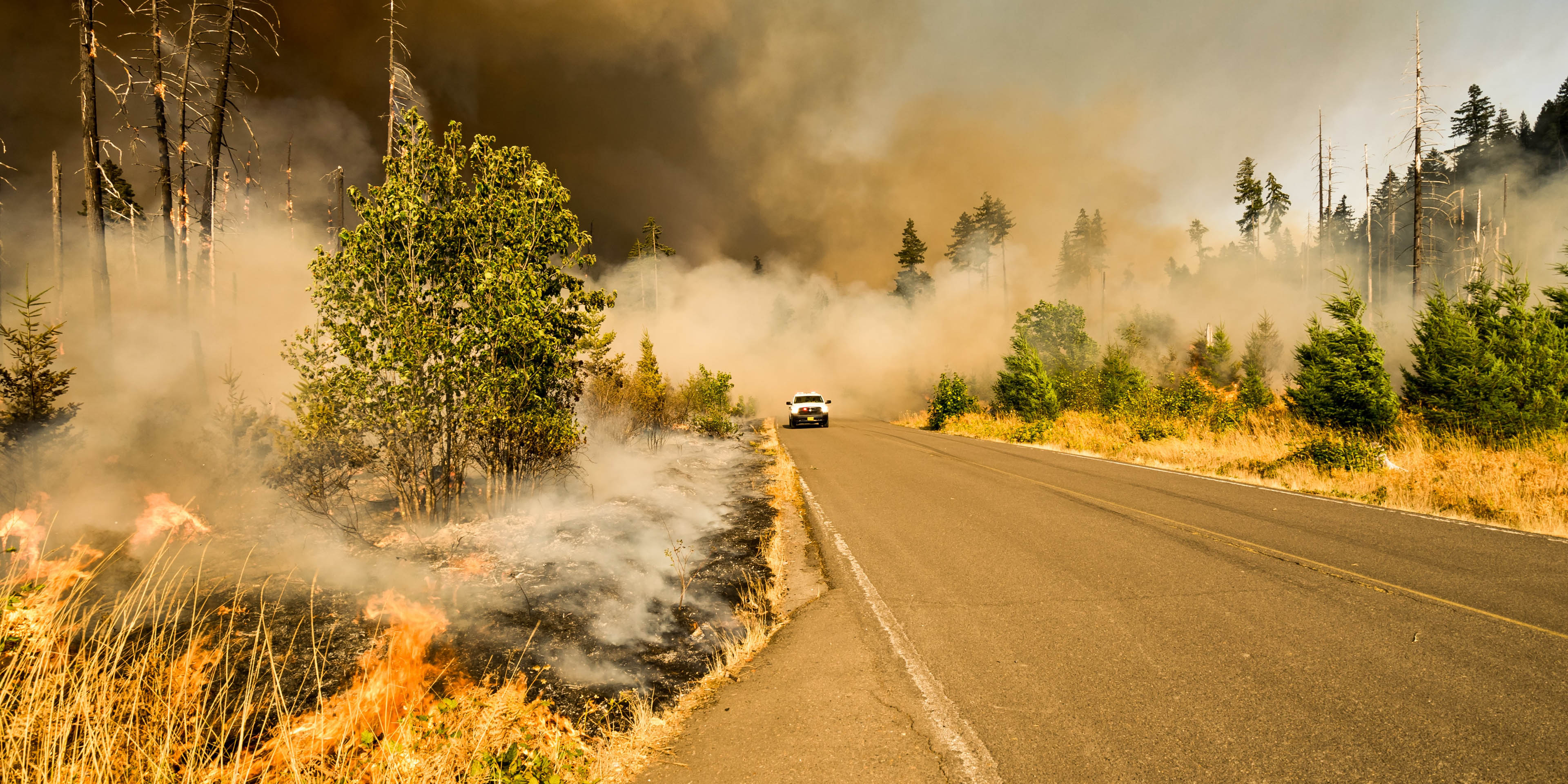Reduce Your Risk
You can help reduce your overall natural hazard risk with these steps:
- Collect and aggregate localized data for your community. This includes hazards and factors for Social Vulnerability and Community Resilience. This will help you see the areas and populations that are most at risk.
- Share information about your community's natural hazard risk with those who live, work and run businesses in the community. This will raise awareness and help your citizens be more prepared for natural hazards.
- Check and meet the requirements to get federal or state grant funding for natural hazard mitigation, preparation, emergency response and/or recovery efforts.
- Prioritize at-risk locations for additional large-scale studies or structural risk assessments. This will help identify mitigation needs.
- Use resources that help you mitigate, prepare for, respond to and recover from natural hazards.
- Prepare and/or update your community's risk assessment and mitigation plan. Move forward with ongoing or planned mitigation projects, document progress and plan more projects.
- Update building codes and development standards. This will improve resilience in high-risk areas.
- Use risk data to find safe areas for potential evacuation, sheltering and emergency supply distribution.


